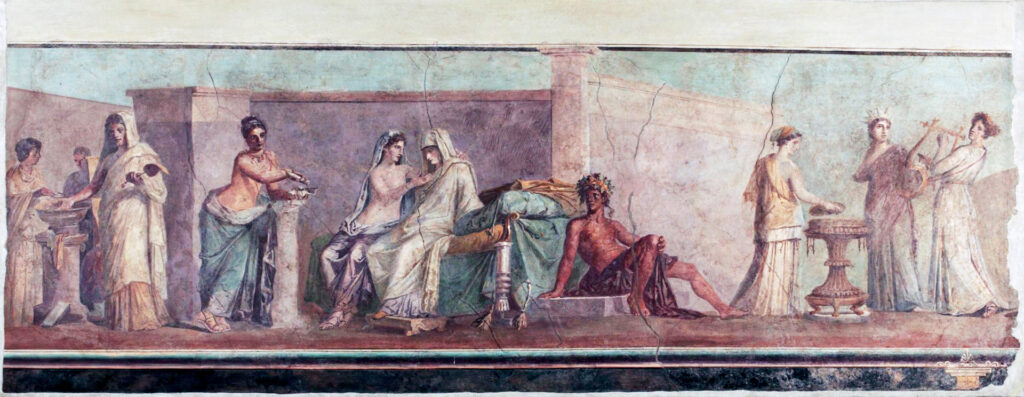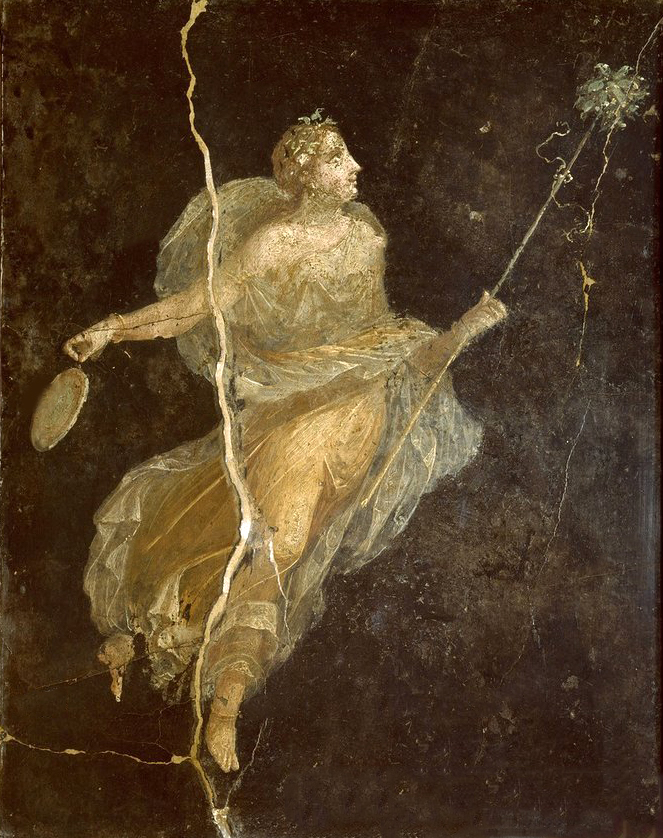The captivating world of Roman paintings offers a glimpse into the artistic prowess and cultural vibrancy of ancient Rome. From vibrant frescoes adorning the walls of luxurious villas to intricate mosaics embellishing grand public buildings, Roman artistry flourished across various mediums. Let’s embark on a journey to uncover the essence and characteristics of Roman paintings.
Understanding Roman Painting Techniques
Roman artists employed various techniques to create their masterpieces, including fresco, tempera, and encaustic. Fresco painting, a popular method, involved applying pigments onto freshly laid plaster, allowing the colors to seep in and become a permanent part of the wall. This technique ensured durability and vibrant colors, making frescoes a prominent feature in Roman art. Tempera painting involved mixing pigments with a binding agent, such as egg yolk, creating rich, opaque colors ideal for detailed work. Encaustic painting utilized heated wax mixed with pigments, allowing for a blend of colors and intricate detailing.

Themes Depicted in Roman Paintings
Roman paintings often depicted a wide array of themes, ranging from mythology and religion to daily life scenes and landscapes. Mythological scenes featuring gods and goddesses were prevalent, showcasing the Romans’ reverence for their pantheon of deities. Religious ceremonies and rituals were also commonly depicted, reflecting the importance of spirituality in Roman society. Additionally, paintings portraying everyday life provided insight into Roman customs, fashion, and social hierarchy, offering a glimpse into the daily experiences of ancient Romans.
Characteristics of Roman Paintings
Roman paintings were characterized by their vivid colors, intricate details, and realistic representations. Artists meticulously portrayed figures and landscapes with precision, capturing facial expressions and gestures with remarkable accuracy. Vibrant hues, such as reds, blues, and yellows, were favored, adding depth and visual appeal to the artwork. Roman artists also excelled in creating lifelike illusions of depth and perspective, employing techniques such as foreshortening and vanishing points to create three-dimensional scenes on a two-dimensional surface.

Influences on Roman Painting
Roman painting was influenced by various artistic traditions, including Greek, Etruscan, and Egyptian styles. The Greeks, in particular, greatly influenced Roman art, introducing techniques such as perspective and proportion. Etruscan art also left its mark on Roman painting, especially in the portrayal of human figures and narrative storytelling. Additionally, Egyptian art inspired Roman artists with its use of symbolic imagery and decorative motifs, influencing the depiction of religious and mythological themes in Roman paintings.
Preservation of Roman Paintings
Despite the passage of time, many Roman paintings have survived to the present day, thanks to the durable materials and techniques employed by ancient artists, as well as the preservation efforts of archaeologists and historians. Frescoes found in Pompeii and Herculaneum, preserved beneath layers of volcanic ash from the eruption of Mount Vesuvius, offer valuable insights into Roman life and artistry. Museums around the world house collections of Roman paintings, allowing visitors to marvel at the skill and creativity of ancient Roman artists.
Legacy of Roman Paintings
The legacy of Roman paintings continues to inspire artists and art enthusiasts alike, serving as a testament to the ingenuity and creativity of ancient Roman culture. From the majestic frescoes of Roman villas to the intricate mosaics adorning public buildings, Roman artistry continues to captivate audiences with its beauty and sophistication. By studying Roman paintings, we gain a deeper understanding of the rich cultural heritage of ancient Rome and the enduring impact of its artistic legacy on the world today.